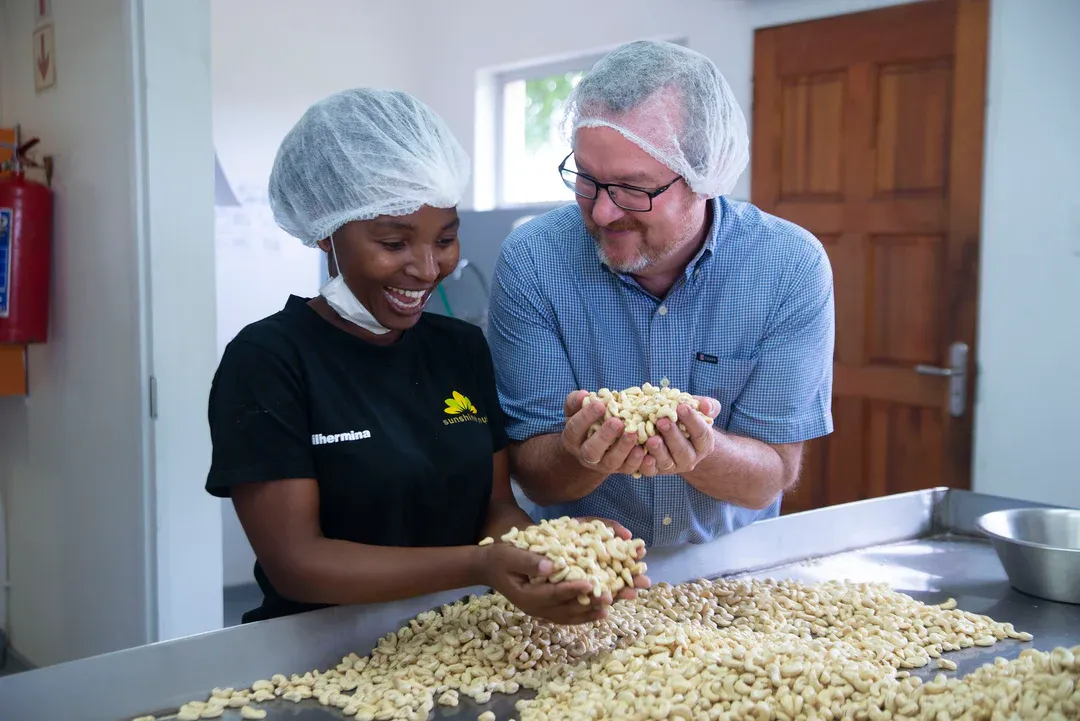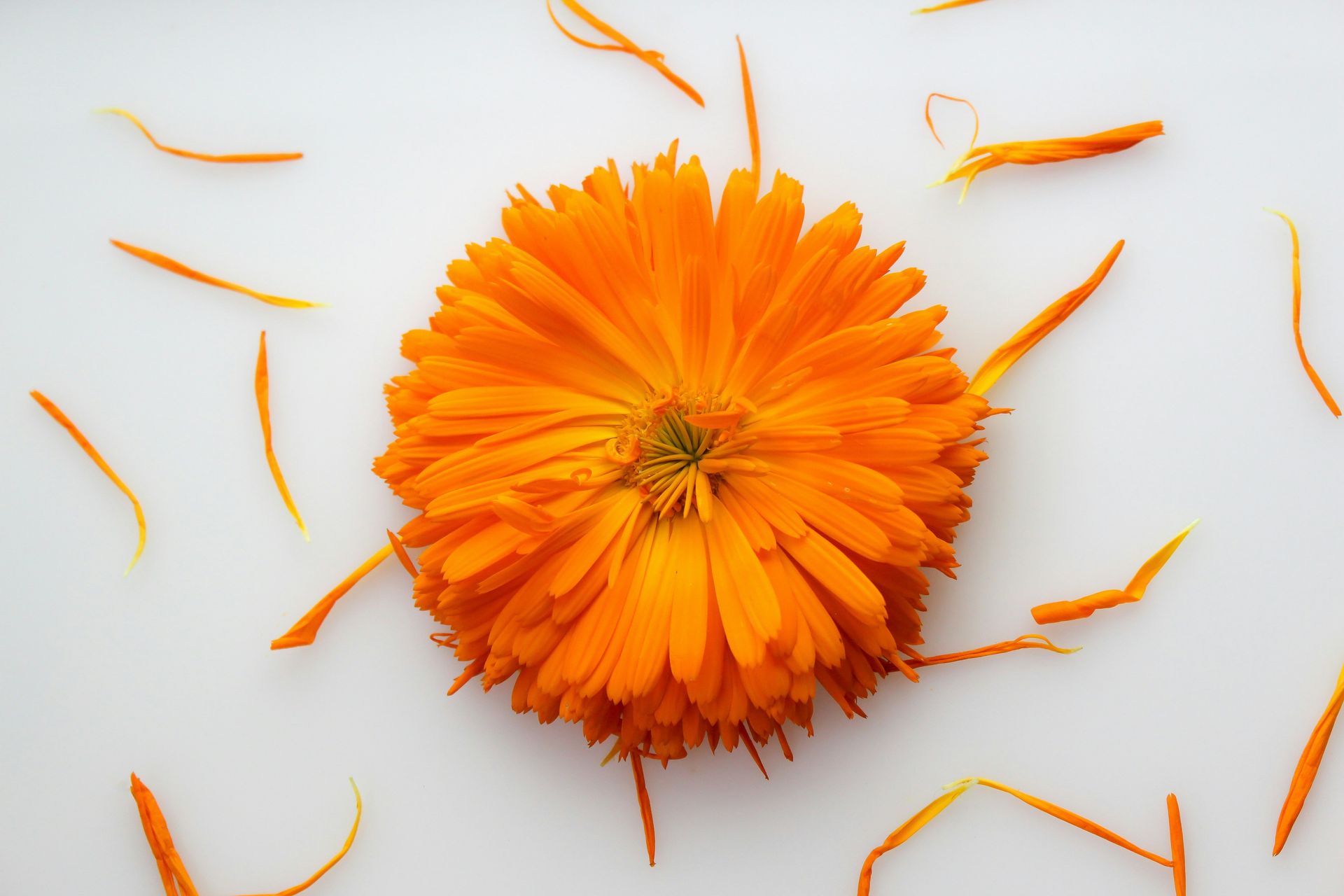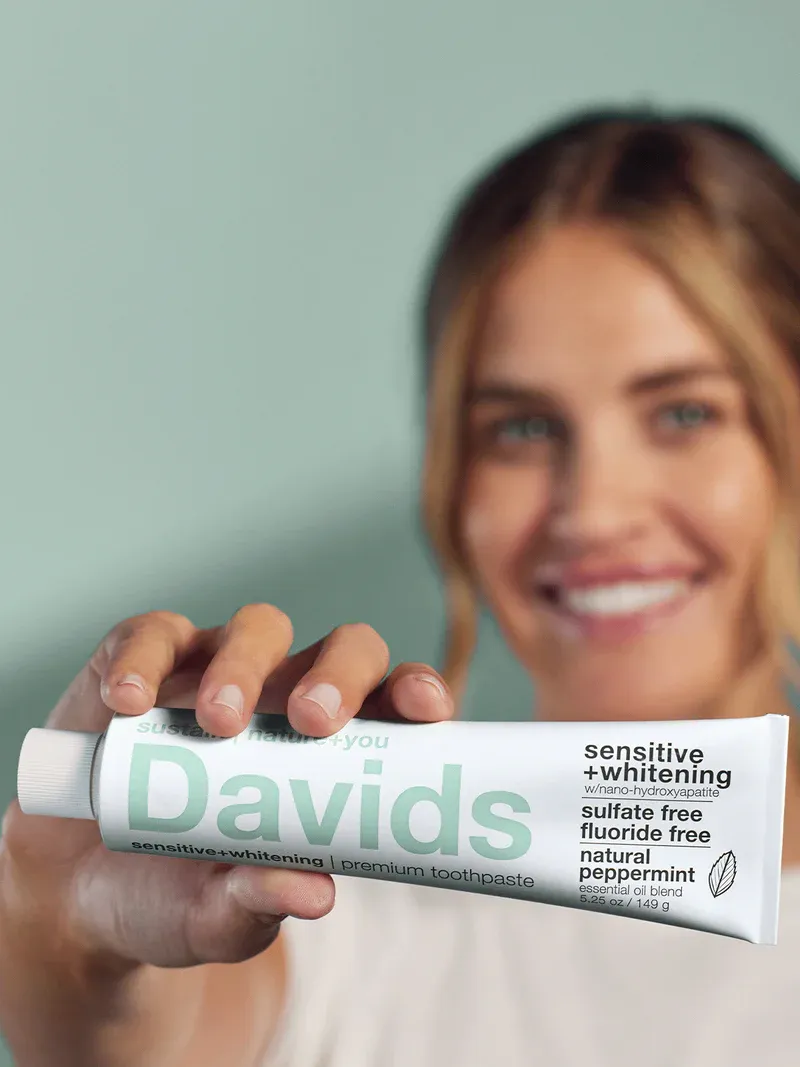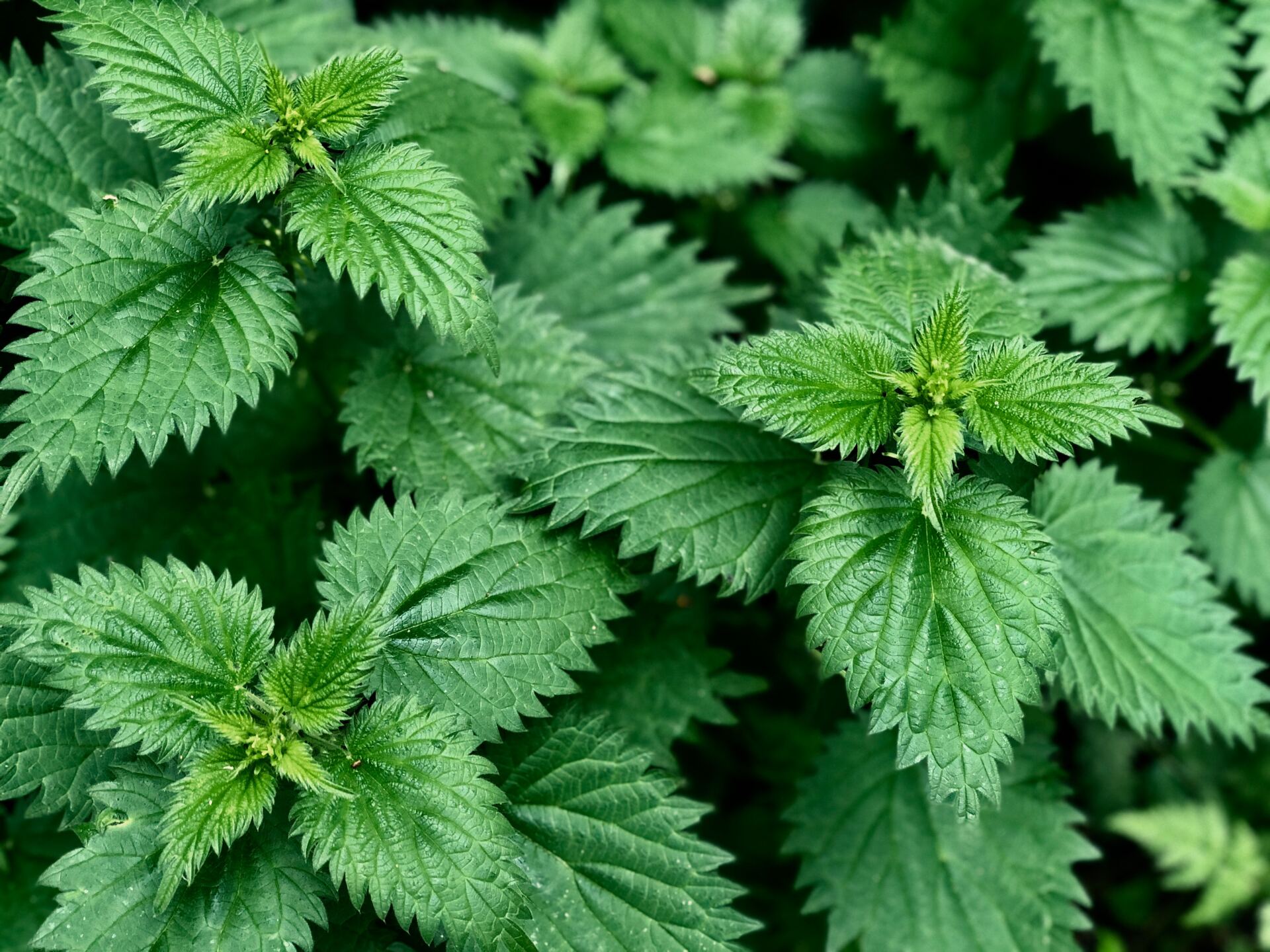








Introduction
In its current form, homeopathy has been used worldwide for more than 200 years. Its origins, however, date all the way back to Hippocrates (460-377 BC). Ancient Greeks noted there were two systems of healing: by Similars and by Contraries. Similars means that any substance which can produce certain symptoms in a healthy person, can also cure similar symptoms in a person who is sick. Contraries means to oppose or eliminate symptoms.
The ancient Greeks took the concept of Similars no further than this, and the medicine of the eighteenth century embraced Contraries as the only way to heal. Similars were used by herbalists and the village healers, and medical practitioners took the opposite approach.
Dr. Samuel Hahnemann
It wasn’t until a German physician by the name of Samuel Hahnemann began his investigations into the Law of Similars that homeopathy came into being. Hahnemann had become very disillusioned with the practice of medicine, which was particularly harsh during his time. Bloodletting was common; large, crude doses of what we now know to be poisonous substances were administered with regularity; patients suffered and side effects were significant. Hahnemann closed his practice and began translations of medical texts instead.
A Treatise on Materia Medica, by Dr. William Cullen, included an essay on Peruvian bark, in which he stated that the bark cured malaria because of its bitterness. Hahnemann had written a textbook on the pharmacy of the time and knew there were many bitter substances being used as medicines. He tested small doses on himself and found that the reason the bark worked for malaria was that it mimicked the symptoms of malaria exactly. This became the first principle of homeopathy: “Let like be cured with like.”
The Birth of Homeopathy
Homeopathy is a term Hahnemann coined from Greek words homoios (similar) and pathos (suffering or disease). He wanted to differentiate this system from the medicine of the time, which is why the new name was necessary. He began conducting research on different substances to determine which symptoms they produced. This research is called “proving.” As homeopaths, we prove which symptoms a substance produces.
Hahnemann then set up a different medical practice, based on the research he had done. Each of the patients received the remedy that matched their symptoms. Homeopaths call this remedy the similimum—a remedy which produces symptoms that most closely match the existing symptoms of the patient. Following in the footsteps of Paracelsus, Hahnemann used only one remedy at a time. He also followed Paracelsus’s practice of using very small doses. Over time, Hahnemann found that he was able to achieve the healing effect he wanted for his patients.
The Gentle Cure
Continuous experimentation eliminated the unpleasant side effects of his remedies. When he first started using similimums, they were gross tinctures (for example, the Peruvian bark would soak in alcohol for three days, and then the liquid would be decanted). These distillations worked, but often caused hardship for the patient in the form of side effects. Hahnemann worked determinedly to alleviate this hardship.
Dilutions seemed to hold the key, but they did little or nothing in terms of symptom relief, due to their short-acting nature. However, Hahnemann found that by diluting and shaking the bottle between each dilution, the remedy caused no side effects and even worked much better than the tinctures. Thus, he found the gentler cure for which he’d been searching.
The dilution process is different in the U.S. and Europe. In the U.S., one drop of tincture is placed in either 99 drops of water, or a water and alcohol mixture. In Europe, the percentage is one drop of tincture and nine drops of a diluent. The U.S. remedies are marked with a “C” (the Roman numeral for one hundred) and the European remedies are marked with an “X” (the Roman numeral for ten). Both potencies are effective.
Sue Boyle is a Registered Nurse and Homeopathic Master Clinician living and working in the Seattle area. She works with mothers and their children who want to use homeopathy to improve their health without prescription drugs, and have more freedom on all levels. Learn more at www.sueboylehomeopath.com.









Please give us a call for today’s deli hours as they can vary due to staffing.
Grab and go options are always available until close.
FEDERAL WAY
Monday-Saturday: 8 am - 8 pm
Sunday: 9 am - 7 pm
Please call for current deli counter service hours. Grab and go options available until closing.
2565 S. Gateway Center Place
Federal Way, WA 98003
TACOMA
Monday-Saturday: 8 am - 8 pm
Sunday: 9 am - 7 pm
Please call for current deli counter service hours. Grab and go options available until closing.
2951 S. 38th Street
Tacoma, WA 98409